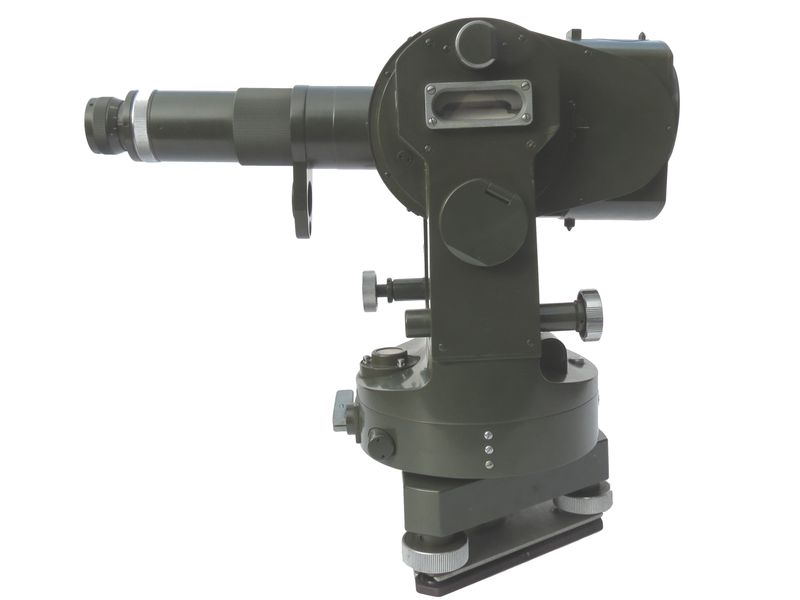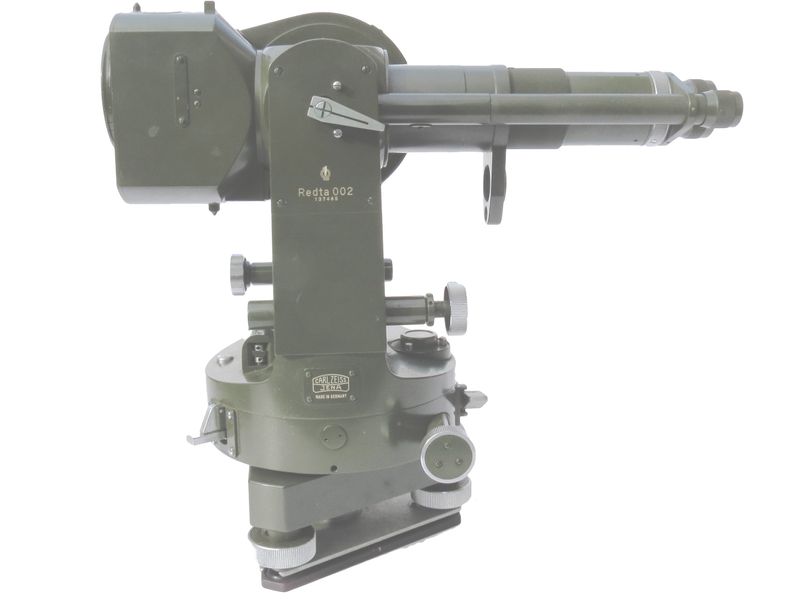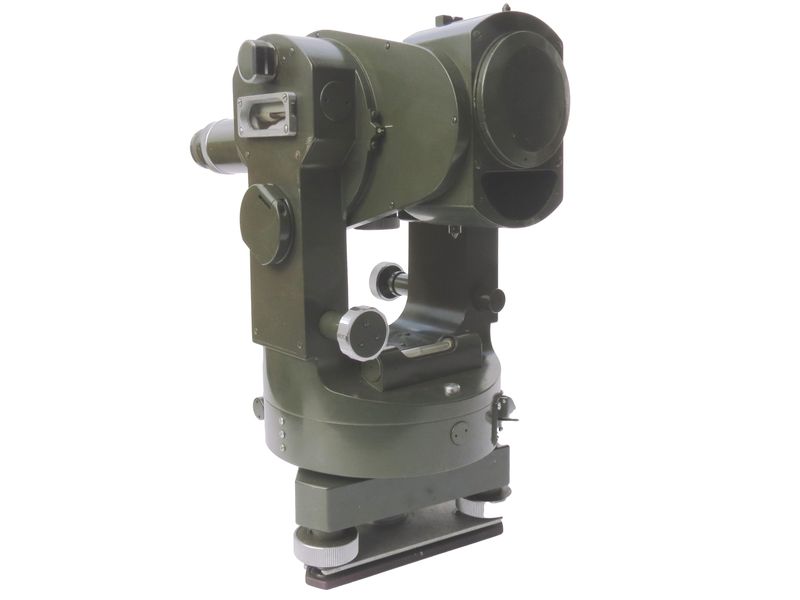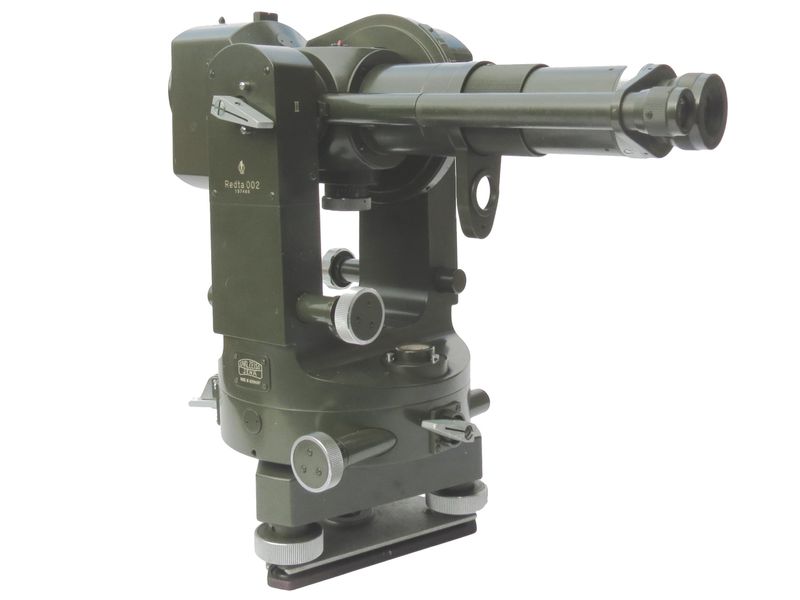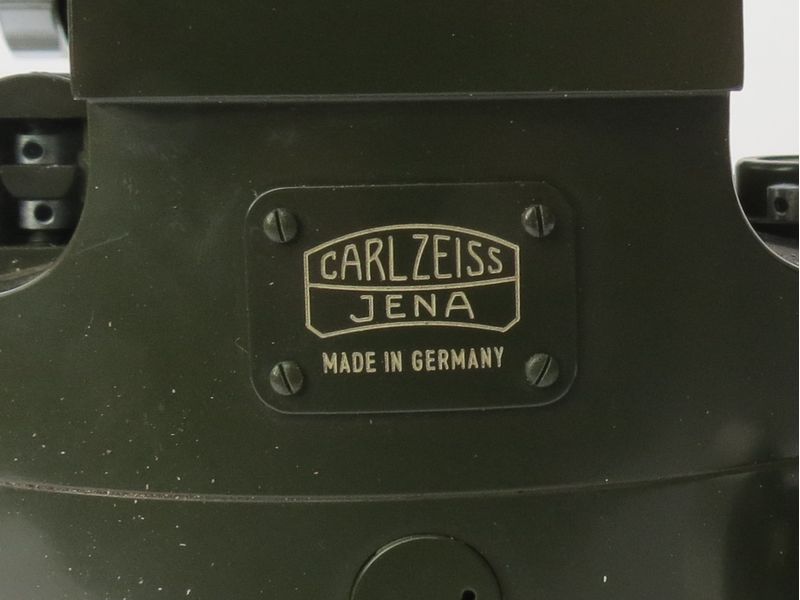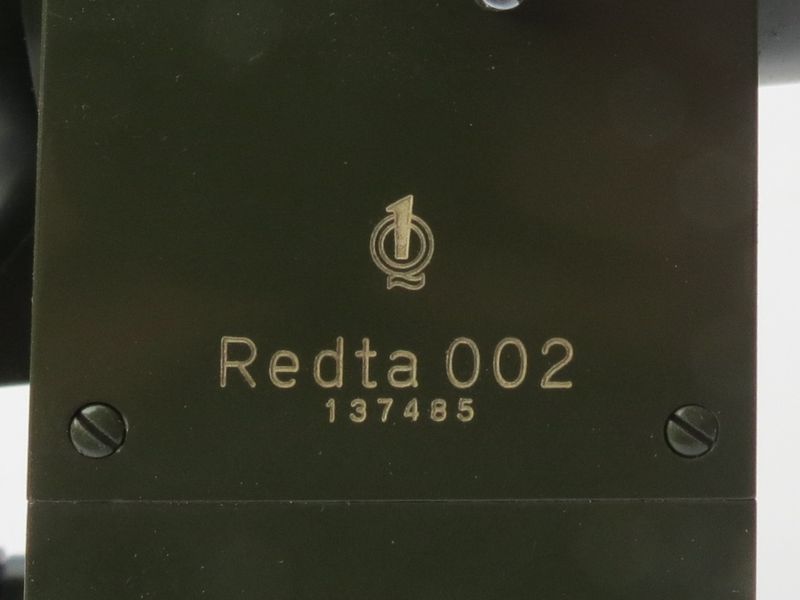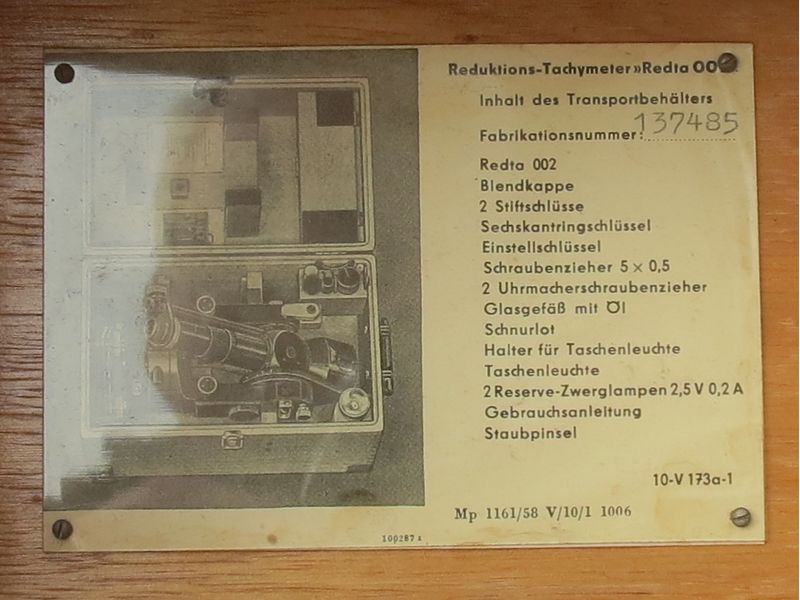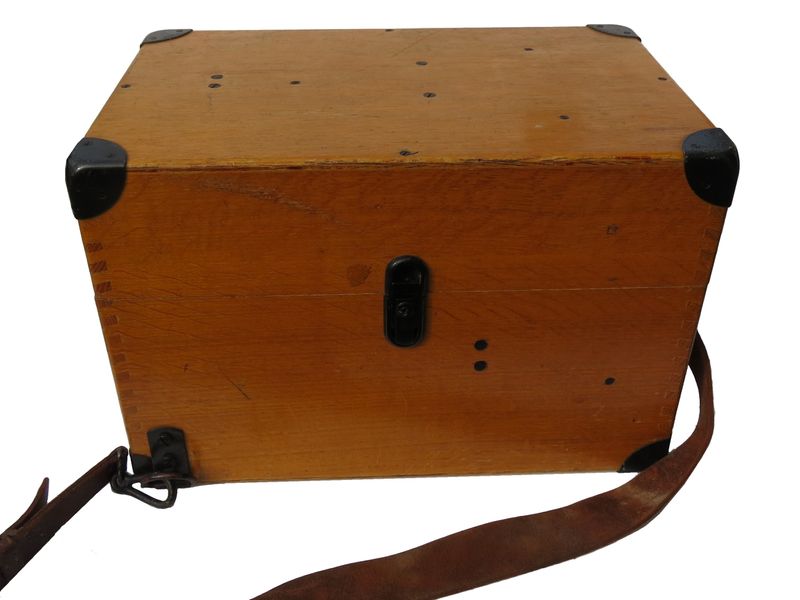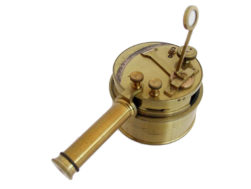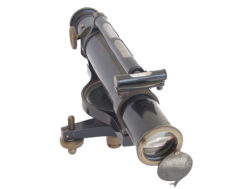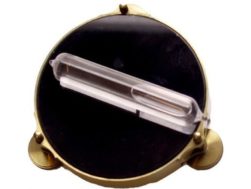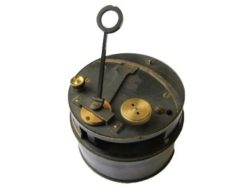Description
Redta 002 Reduction Tacheometer manfactured by Carl Zeiss, Jena, GDR. Wooden fitted box with metal handle and canvas back carrying straps
Information from Zeiss Archives [translated from German]
Even in the age of electronic distance measurement, the REDTA 002 reduction tachymeter reliably meets many user requirements with regard to rational tachymetry. In terms of structure, it is an optical theodolite with a repetition device and distance marks, as well as a self-reducing double image range finder. Achievable measuring accuracy with small triangulation for distances ± 2 cm/100 m and for directions ±10cc (±3″).
New were the easy-to-handle operating elements and tripod screws analogous to theodolite series A, the color separation of the pitch circle images to prevent confusion when reading the horizontal and vertical circles including tangent division, the optical sights in both telescope positions to facilitate rough sighting, the level bubble and lighting equipment according to the latest offer at the time.
Additional Information:
The Redta provided a double image optical distance meter which was direct reading using the approach of Bosshardt (1922). A split image rangefinder is used to image a vertical staff upon which is mounted a horizontal divided scale. The rangefinder angle can be adjusted so the index lines up with the scale and the distance read as a combination of values on the distant scale and the drum to adjust for apex angle.
The Redta is also equipped with fixed stadia hairs and can be used in the conventional way to undertake a tacheometry survey via the stadia system. Only two pieces of equipment are needed: a tacheometer and a vertical staff.
The tacheometer used has a telescope fitted with two fixed horizontal cross hairs equidistant above and below the central hair. When a staff is viewed through the telescope, the stadia hairs are seen to intercept a certain length of the staff (h), and this varies directly with the distance between the instrument and the stations. The horizontal distance (d) can be calculated
d = h*k+c
k and c are constants which are fixed by the tacheometer’s manufacture. Generally k=100 and c=0.

